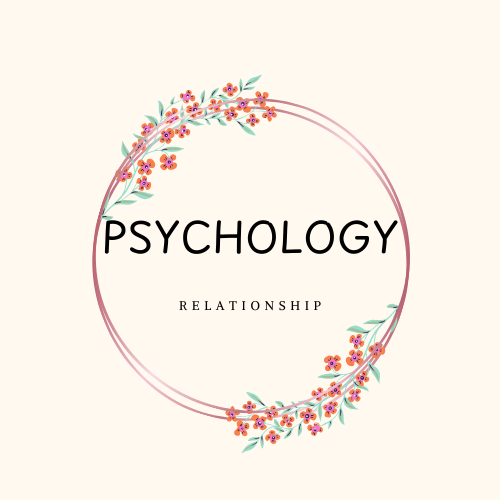Is Addiction a Disease?
Addiction is a condition that has long baffled physicians and philosophers, to say nothing of those struggling with it and those around them. People have long debated whether addiction is a habit or a choice. What to make of a set of behaviors that in fact induces changes in brain structure and function, provides short-term relief of distress only to create long-term problems of living and self-management, and is difficult to stop even when there is a strong desire to do so?
Once seen as a moral failure, addiction has more recently been viewed strictly as a medical problem. The push to regard addiction as a disease is well-intentioned—driven by a desire to lessen stigma—but fails to account for the many facets and facts of the condition. Worse, it robs sufferers of the sense that they can overcome the problem with courage, creativity, and some hard work. Rather, there is significant evidence that addiction is a complex cultural, social, and psychological phenomenon, as much as it is a biological phenomenon.
While addiction is very costly to individuals, families, and society at large, it reflects the brain’s remarkable plasticity—its ability to shape and reshape itself, adapt itself, in response to experience and environment—as well as the deep human need for joy and rewards in life and opportunities for accessing them. The fact is that the brain changes that are the hallmark of addiction are set in motion by the behaviors of substance-seeking coalescing into near-automatic habit. The evidence indicates that they can be reversed by changes in behavior and environment







